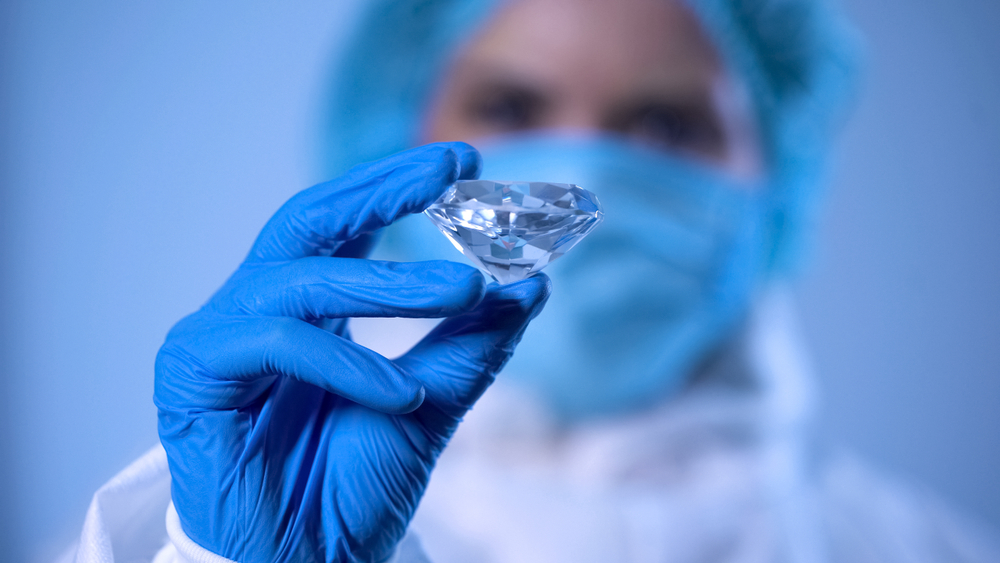
For thousands of years, diamonds have been the symbol of love and affection and the first choice for an engagement ring. However, as the lab-grown diamond business grows in popularity and produces less expensive and more sustainable substitutes for natural diamonds, analysts anticipate that lab-grown diamonds will soon displace natural diamonds.
The visual, chemical and physical properties of a lab-grown diamond are similar to those of a natural diamond. Rather than being mined from the earth, it is developed in a lab setting with specialized equipment over a period of weeks. A diamond seed — a tiny wafer of preexisting gemstone — is combined with raw carbon and energy and placed in settings that replicate the natural environment in which a traditional diamond thrives. It has become a popular choice among customers in recent years.
Why Are People Ignoring Natural Diamonds?
As people have grown more conscious of the ecological and social consequences of their purchasing and fashion decisions, the ethical question of diamonds has arisen. Some claim that this sector has harmful ecological, economic, and societal consequences on regions where natural diamonds are being mined, contributing to armed conflicts. Human rights violations have been revealed in countries where diamond mining occurs two decades after governments throughout the world ratified the Kimberley Process, a certification established in 2003 with the goal of reducing the mining and selling of “blood diamonds.”
Lab-Grown Diamonds Are Sustainable

Even though the creation of lab diamonds does require energy, it does not pose a serious threat to the environment like diamond mining does. Also, a diamond can be created within a few weeks in a lab. However, diamond mining can last for decades, causing irreversible ecological damage. Although several diamond companies claim that lab-grown diamonds are more environmentally friendly than natural diamonds, there is no clear agreement on how much fossil fuel is required for creating lab-grown diamonds.
Is There Any Future For Mine Diamonds?
Millennials and Gen Z are much less enthusiastic about engagement and marriage than previous generations, according to various surveys. The symbols which were used to keep society together are disintegrating as society drifts away from the nuclear family as its core.
As a result, diamond producers are adjusting to shifting social trends by looking to lab-grown diamonds for more affordable and sustainable options. Because millennials hold only 5% of America’s wealth, lab-grown diamonds’ lower pricing appeal to them.
